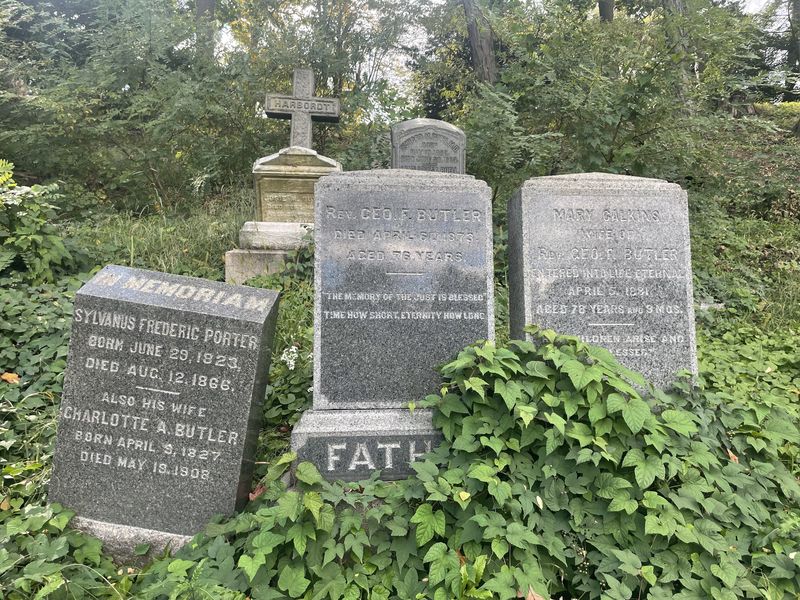
Climate change isn’t just affecting the living. During Hurricane Sandy, the dead were flooded in their tombs in low-lying graveyards across the city.
“Water pools anywhere it needs to – even graves for that matter,” said Frank Morelli, facilities manager at Green-Wood Cemetery. “But we do whatever we have to do because tomorrow someone needs to be buried and nothing's going to stop that.”
To mitigate flooding on the landmark funerary grounds’ paved surfaces, rain gardens along roads and paths will capture additional stormwater that would otherwise make roads inaccessible or send a deluge into the ponds. The project aims to alleviate up to 2 inches of stormwater from the sewer system and store it for irrigation. It is the first design under the Resilient NYC Partners program, a $53 million municipal initiative launched in June 2021 to help private property owners green their land and manage onsite stormwater.
The program’s strategy will focus on reducing sewer overflow, and that means moving beyond funding climate resiliency for just public property. In partnering with private property owners, the city government hopes to spread flood protection all over the five boroughs.
Click "listen" in the player to hear the story, and visit Gothamist for more details.
